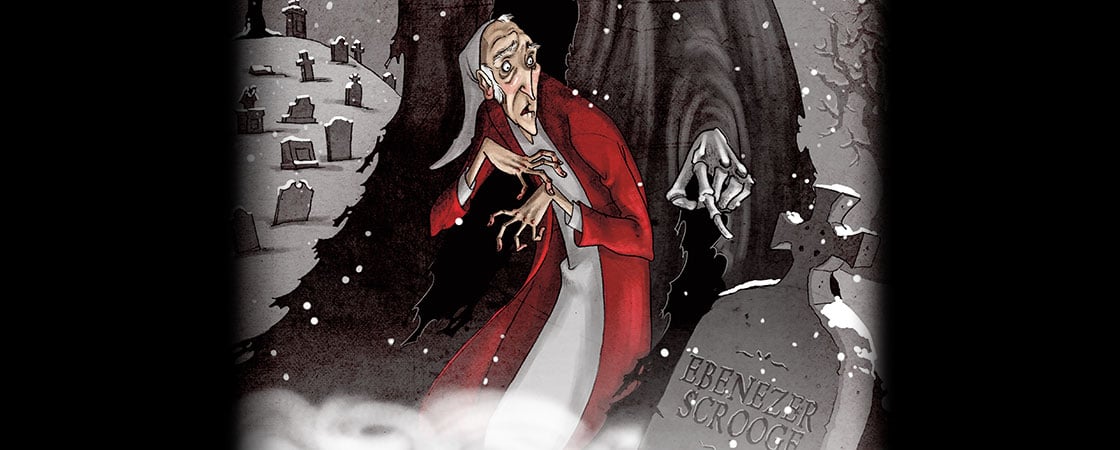Charles Dickens was a famous writer who lived in England in the 1800s. He wrote short stories and books that continue to be read by people around the world. This issue’s play is based on his story, “A Christmas Carol.” Guess the answers to the questions below to learn more about Charles Dickens. By the time you're done, you'll be an expert.
Scrooge is not the first character to learn an important lesson about the power of kindness in Storyworks 3. Share the play, “The Elephants and the Mice” from our February 2021 issue, and ask students to compare Scrooge and King Rama.

